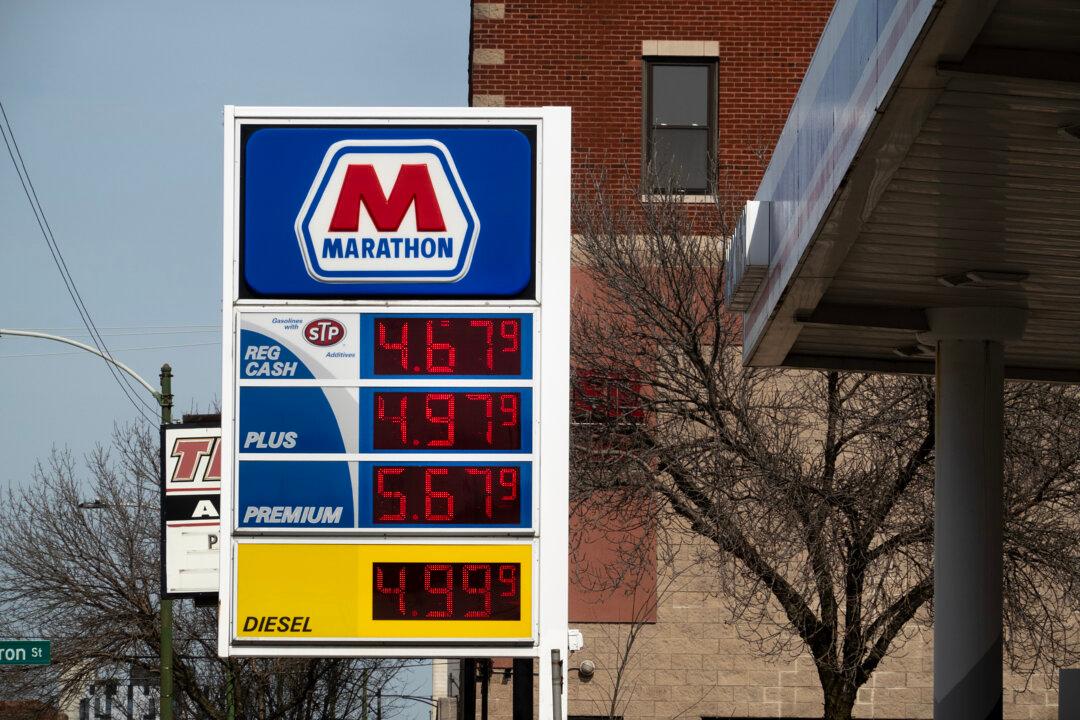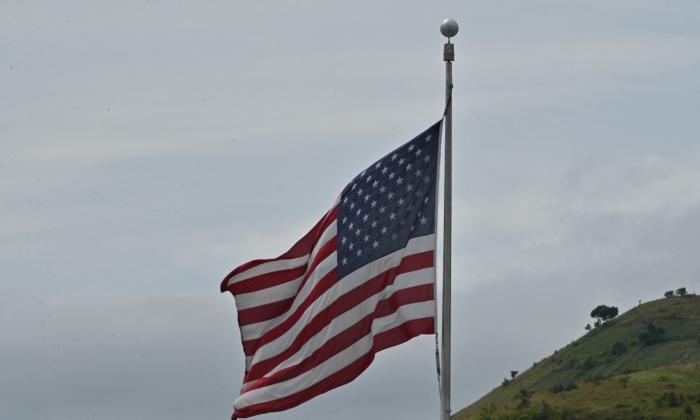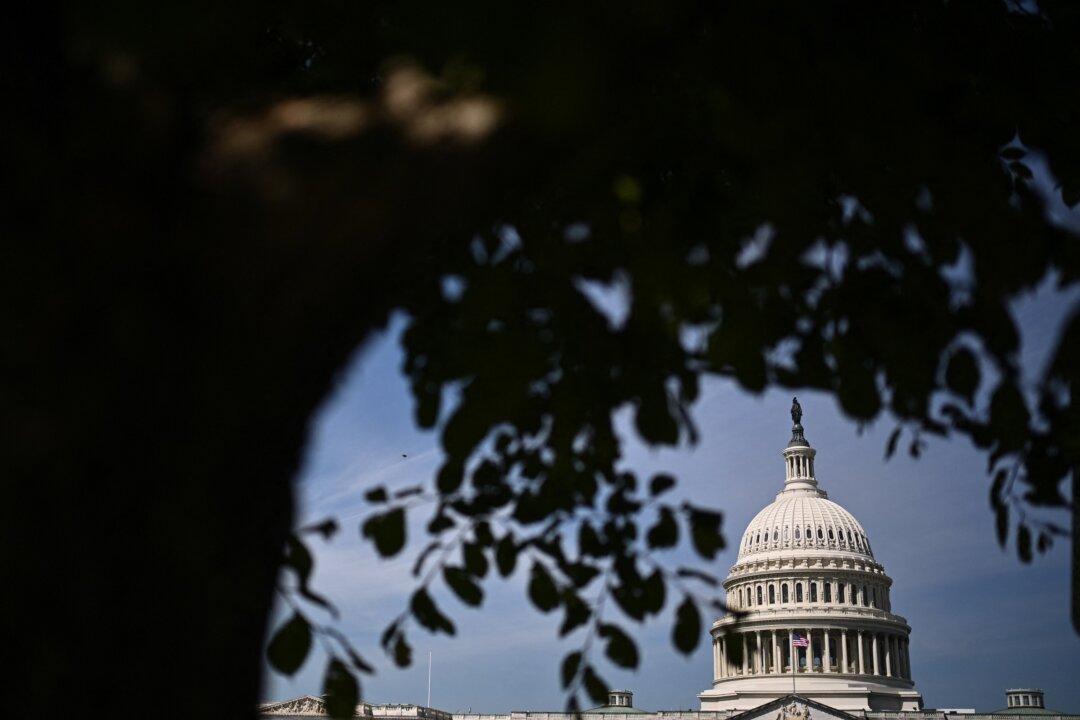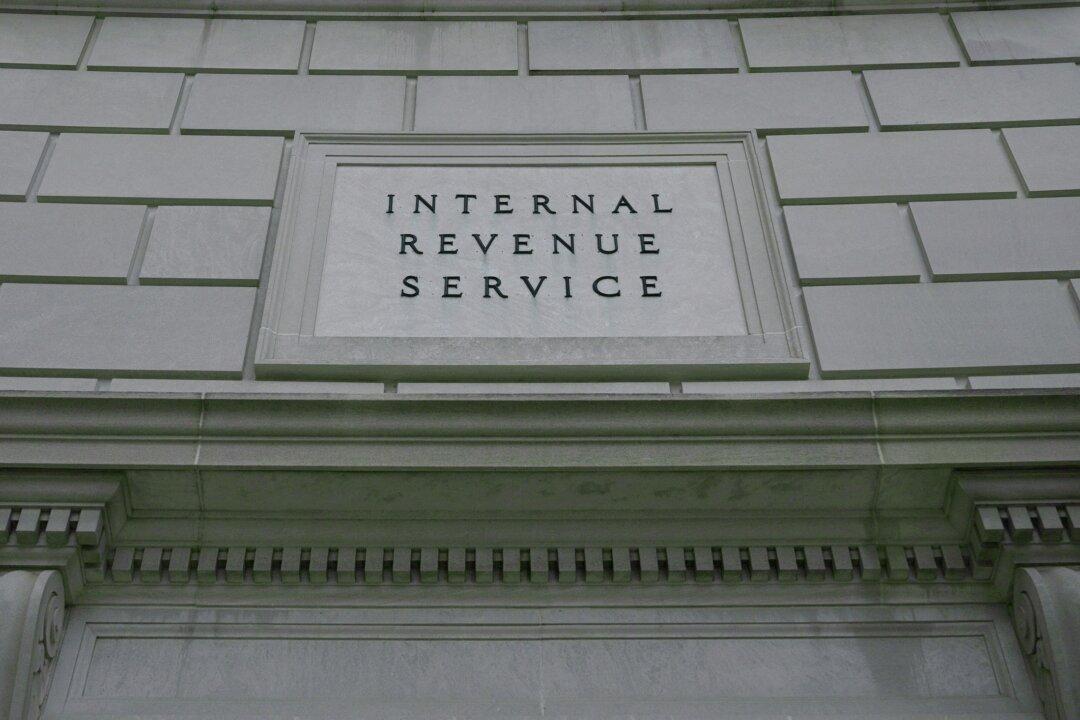Inflation is always a hot-button issue, particularly in an election year, when its effects on daily life and the economy are front and center. Despite the politicization of inflation, understanding its cost typically requires examining key economic indicators: the consumer price index (CPI) and the personal consumption expenditures (PCE) price index.
The CPI measures the change in expenses paid by consumers for a basket of goods and services, while the PCE price index tracks changes in the consumption patterns of households. Both metrics aim to capture the inflationary landscape but greatly differ in scope.
These two indexes have their flaws and exclude a lot of consumer necessities. The rationale is that many of these necessities suffer volatile price increases, which is one of the reasons why the expenditures excluded should be included. After all, don’t we want an accurate representation of consumer prices?
Businesses—quite clearly—suffer from inflation, and they contend with rising costs for raw materials, labor, and operations that squeeze profit margins and shake investor confidence. Yet businesses are better equipped to ride out the storm, as they pass these increased costs onto consumers, perpetuating a doom loop of reinforced inflation.
This situation is exacerbated by economic uncertainty, a growing ripple effect that stifles future planning, deters investment, and destroys business and consumer confidence. In a situation such as ours, central banks usually respond by raising interest rates to curb inflation, and this increases borrowing costs, affecting everything from individual mortgages to corporate financing, and hindering economic growth. Yet this tool is largely ineffective when rates are already sky-high.
Inflation influences consumer behavior, so individuals either accelerate spending on certain items to preempt the risk of price hikes or curtail some purchases altogether because of dwindling purchasing power. The diminishing real return on savings discourages saving, and the increase in prices limits growth opportunities, at times driving the economy into a recession. Inflation also redistributes income, disproportionately affecting those on fixed incomes, such as retirees, while occasionally benefiting debtors who can repay loans with devalued money.
It is undeniable that inflation affects all aspects of economic and personal life, and this is why everyone fears inflation. Ideally, in a robust free market, aggregate prices would decrease over time, offering increased affordability. However, the current economic climate is starkly detached from this ideal.
The latest misstep by President Joe Biden illustrates the severity of the disconnect. In a recent interview, he inaccurately cited a 9 percent inflation rate at the start of his tenure in January 2021, when it was actually 1.4 percent. Under his administration, inflation peaked at 9.1 percent in June 2022—7.1 points above the Federal Reserve’s target of 2 percent. While the president’s error highlights the complexities of economic governance, it also puts a spotlight on the need for wilful brinkmanship, not political pandering.
It is highly likely that the Biden legacy will be remembered as a revisit to the 1970s Jimmy Carter era, when prices increased by 13.3 percent in 1979 alone. In March 2023, the presidential inflation rate (PIR), a calculation by The Winston Group that measures inflation from a president’s inauguration month to the month of the most recent CPI report, for President Biden was at 15 percent. Contrast this with President Trump’s PIR of 4.1 percent. According to the most recent CPI numbers, goods and services have risen by 18.9 percent since January 2021. On May 15, President Biden’s PIR was 19.9 percent.
Regardless, as the United States moves deeper into 2024, the inflation spike will be the one lingering factor that affects President Biden’s legacy. Despite other issues—such as immigration—inflation is a tangible situation that voters take to the polls. Inflation continues to gnaw at the very core of our economic and political landscapes, and in this situation, there is little that can be done except wait out the contentious election battle for the next president.







